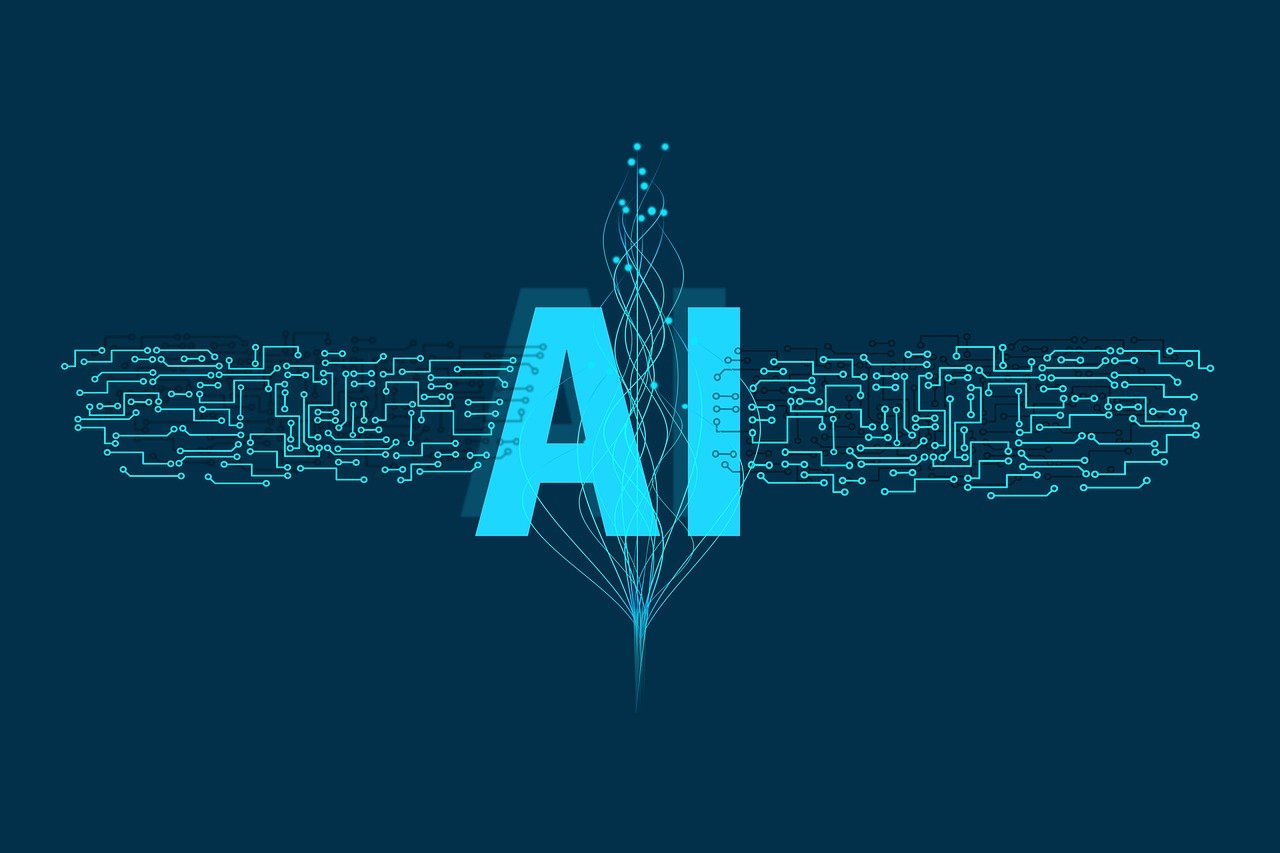Patents are an invaluable tool for protecting intellectual property in the world of technology and innovation. Patents give inventors and innovators exclusive rights to the creations they have made, protecting and rewarding their hard work. Patent claims are the core of the patent. They are the carefully crafted statements which define the boundaries of the protection.
What happens when the cutting-edge world of technology meets with the complex world of patent laws? Artificial Intelligence is revolutionizing many industries, including intellectual property. This article will explore the fascinating intersection between AI and patent claims. We will explore how AI is transforming the way that patent claims are written, analyzed and enforced.
Patent Claims: What are they?
In order to understand the impact of AI on the patent claims we make, it is important to first grasp the importance of patent claims in the world intellectual property.
Patent Claims define, in essence the scope of protection provided by a patent. Patent claims define the boundaries of the protection granted by a patent. Imagine that a patent is a fence surrounding a plot of land. The claims are the exact coordinates for this fence. A patent without well-drafted claim would be like a map that has no boundaries.

Patents typically contain two different types of claims:
Independent Claims
Independent claims are independent of any other claim in the patent. These are the most important and broadest claims, as they form the basis of a patent’s protection.
Dependent Claims
They are dependent on one or more independent statements. These dependent claims provide further details, limitations or variations to the subject matter that is covered by the independent claims they refer to. These claims refine the patent coverage by making it more specific.
Why are these claims important? Patent examiners and courts will scrutinize the claims in the event of a dispute. Patent claims are crucial to determining the enforceability of a patent and can be a game changer for a patent owner. A well-crafted claim can protect a breakthrough invention. However, a poorly written claim can result in costly litigation or even invalidation of the patent.
How to Write Effective Patent Claims
It is not easy to create effective patent claims. Patent claims need to strike a balance between being specific enough to satisfy the requirements of the patent office and broad enough to cover potential infringements.
Patent professionals face a number of challenges when drafting claims.
1. Ambiguity
Ambiguity can lead to confusion and uncertainty in the patent claims. It is difficult to know what is covered by a patent when a claim is unclear. This can lead disputes and litigation.
2. Narrowness vs. broadness
Finding the right balance is another challenge. Broad claims offer more protection, but they are also more susceptible to invalidation due to prior knowledge – existing inventions or prior knowledge that is similar to the claimed invention. Narrow claims are less susceptible to prior art, but may not offer enough protection against competitors.
3. Prior Art Considerations
Patent claims should also consider prior art. This includes all publicly available information about the invention. A patent can lose its validity if it fails to address prior art and conduct a thorough prior art search. These challenges show the need for clarity and precision in the drafting of patent claims. AI can revolutionize the patent landscape.
The Intersection of AI and Patent Claims
Artificial Intelligence is revolutionizing industries across the board, including intellectual property. AI is revolutionizing patent law with its innovative applications.
AI and Patent Law
Let’s first explore why AI has been increasingly relevant to the field of Patent Law.
- Huge Amounts Of Data The intellectual property landscape continues to expand. Patents, prior arts, legal cases and technology trends produce colossal amounts of data. AI’s processing abilities are essential for making sense out of all this data.
- Complex legal language: Patents are known for their technical jargon and complex legal language. AI-driven Natural Language Processing (NLP), which uses natural language to process text, can help unravel the complexities of patents and make them more understandable.
- Cost and Time Reduction AI can reduce time and costs associated with patent-related tasks such as prior art search, claim drafting and portfolio analysis. This efficiency can be a game changer for inventors and patent examiners.
Let’s now explore some of these AI techniques which are changing the landscape for patent claims.
AI techniques for improving patent claims
1. Natural Language Processing
NLP is an AI branch that focuses on how computers interact with human language. NLP is critical in the context of patents because it brings two key capabilities:
Text Analysis
AI-driven text analytics tools can analyze vast patent documents to identify relevant information and classify it. It is especially useful for prior art searches as it allows patent professionals to quickly pinpoint relevant references.
Semantic Analysis
Semantic analysis is more than just text processing. It can understand the context and meaning of words and phrases. Semantic analysis in patent claims can identify synonyms, related terms and antonyms. This helps to ensure that the claims are comprehensive and precise.
2. Machine Learning (ML)
Machine Learning is an AI subfield that focuses on developing algorithms that allow computers to learn and make decisions or predictions based on data. In the patent world, ML can be used in a variety of ways. Prior art searches form a key part of the patent examination process. The ML algorithms are able to analyze large databases of prior art and predict which references will be most relevant for a particular invention. It not only saves you time, but it also improves the quality and accuracy of prior art searches.
Automated claim generation is one of the most exciting uses of ML for patent claims. ML models analyze the description of an invention and can generate patent claims automatically. These generated claims may require further human refinement but they are a great starting point and can speed up the drafting process.
3. Data Mining
Data mining is the process of extracting patterns and insights from large datasets. Data mining is extremely useful in the context of patents. Patent data can be a goldmine for information. Data mining algorithms are able to uncover hidden correlations among patents, inventors and technologies. These insights can be used to inform patent strategy and claim drafting. Patent databases are a goldmine of information. Data mining is a powerful tool that can be used to track competitors, identify emerging technologies and understand market trends.
Improving Clarity and Precision with NLP
Natural Language Processing (NLP) is a powerful AI technique that has a profound impact on enhancing the clarity and precision of patent claims. In this section, we will explore how NLP is employed to streamline the drafting and analysis of patent claims.
Leveraging NLP for Drafting Patent Claims
1. Identifying Ambiguous Language
One of the common pitfalls in patent claim drafting is the use of ambiguous language. Ambiguity can lead to different interpretations of the claim, which can be detrimental in a legal context. NLP-powered tools can automatically flag and suggest improvements for ambiguous language. For example, if a term in a claim has multiple meanings, NLP can identify the potential interpretations and recommend clarifications.
2. Eliminating Redundancy
Redundancy in patent claims can result in unnecessary complexity and potential loopholes. NLP can identify redundant phrases, clauses, or terms within claims and suggest revisions to streamline the language. This not only improves the clarity of claims but also reduces the risk of disputes.
Ensuring Clarity and Specificity in Patent Language
Patent claims must be crystal clear and specific to ensure that their scope is well-defined. NLP assists in achieving these goals:
a. Removing Ambiguities
NLP tools can identify and rectify ambiguous terms or phrases in patent claims. By suggesting precise language, these tools help patent professionals create claims that leave little room for interpretation.
b. Enhancing Specificity
Specificity is essential in patent claims to delineate the exact boundaries of the invention. NLP can analyze claim language and recommend additional details or limitations to make claims more specific.
Machine Learning Enhances Patent Claims
Machine Learning (ML), a revolutionary technology, is reshaping the patent landscape. This section will explore how ML is optimizing prior art search and automating the patent claim generation.
Predictive analytics for Prior Art Search
Prior art searches play a crucial role in the examination of patents. Prior art searches involve identifying prior inventions or existing knowledge that is similar to the claimed invention. Prior art searches are time-consuming, resource-intensive and require a lot of resources.
How ML improves prior art searches
The algorithms of ML are designed to recognize patterns and analyze large datasets. ML models are able to process large volumes patent documents, and then categorize these documents based on their relevance to an invention. This categorization allows patent professionals to focus on the most relevant references.
ML algorithm can predict the relevancy of a reference given to a patent. This prediction helps examiners quickly identify relevant prior art and reduces the amount of time needed for searching. Models can continually learn and adapt new information to improve their accuracy. This adaptability can be invaluable in a patent landscape that is constantly evolving.
Automated Claims Generation using ML Algorithms
Automated claim generation is one of the most exciting uses of ML for patent claims. Although human expertise in patent drafting is indispensable, ML algorithms are able to significantly speed up the process and provide useful insights.
How ML automates claim generation
Models ML can analyze detailed descriptions and identify concepts, elements and innovations. Based on an analysis of the invention descriptions, ML algorithms are able to generate initial claims. These generated claims are used as a basis for patent professionals to reduce the amount of time and effort needed for initial drafting.
Although generated claims are a good foundation, patent professionals may refine and customize the claims to meet the requirements of a patent application. This collaborative approach blends the strengths of AI with human expertise.
Data Mining for Advanced Claim Insights
Data mining is an effective technique that goes well beyond the analysis and interpretation of patents. Data mining involves extracting valuable insights and patterns out of large datasets. This allows patent professionals to make better decisions and strengthen their patent claims. This section will explore how data-mining techniques can be used in the world of intellectual properties. Patent data contains a wealth of information. Data mining algorithms can reveal hidden correlations among various aspects of intellectual properties. How data mining can enhance claim insights

1. Analyzing Patent Citation Networks
Patent citation networks can be analyzed using data mining to reveal the way patents refer to each other. Patent professionals can identify important patents and technologies by examining these networks. This information is useful in creating claims that effectively build on prior innovations.
2. Emerging Technologies and Trends
Data mining can reveal trends in technology adoption and market movements. It can, for example, identify areas of technology that are experiencing rapid growth. Patent professionals can use this information to align their patent claims with new technologies and trends, which will ensure that their inventions stay relevant.
Data Mining for Claims Strengthening
a. Targeting Specific Technology
Patent professionals can target relevant technologies for their inventions using data mining. They can create claims that highlight the uniqueness and novelty of their inventions by identifying similar or identical patents.
b. Strategic Portfolio Management
Data mining can be used by large organizations that have extensive patent portfolios to manage their intellectual properties strategically. They can then make an informed decision about which patents they want to enforce, license or divest.

